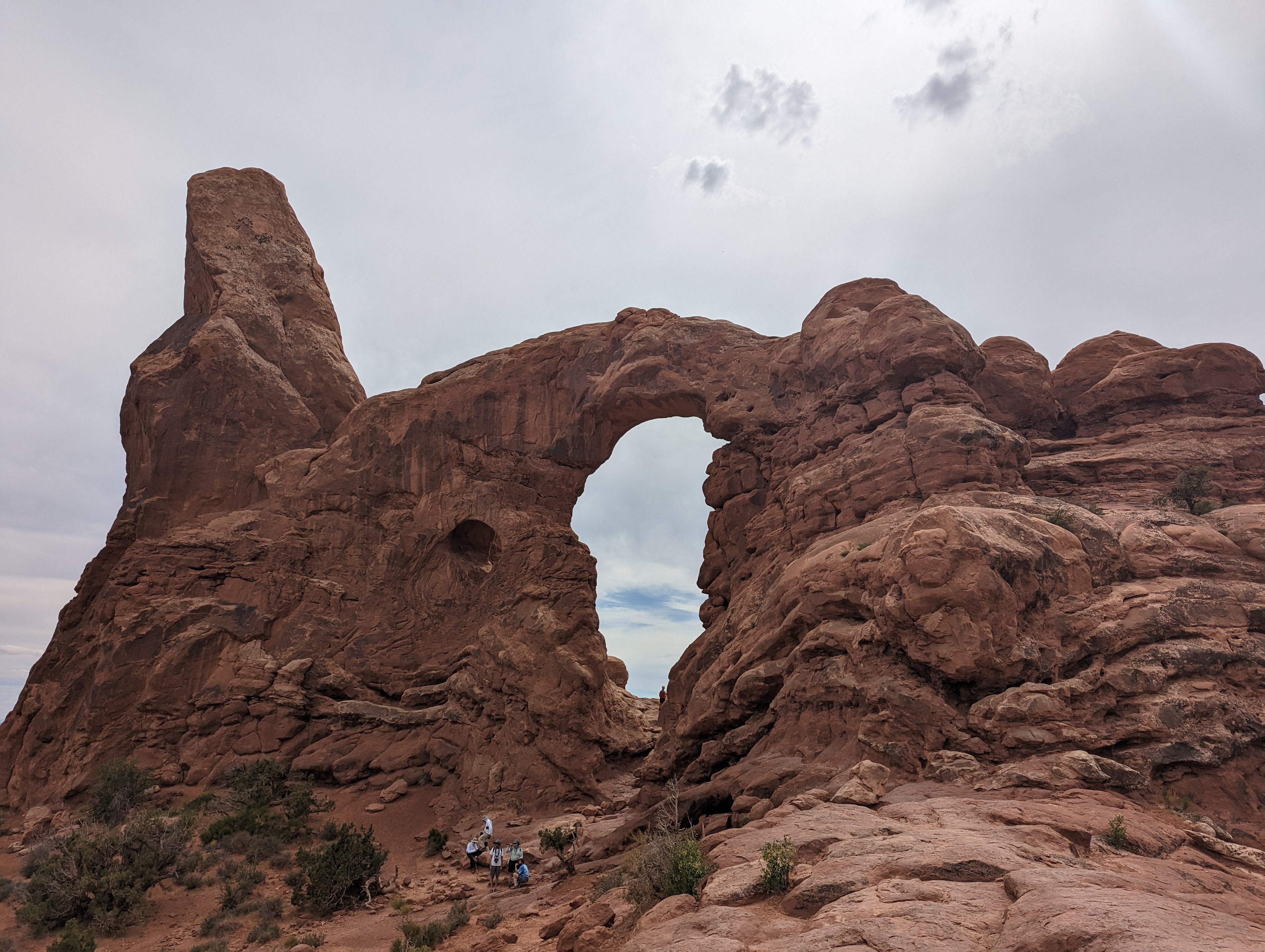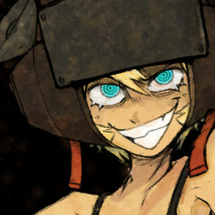Ideally we would be building structures that are both beautiful and practical. I don’t really vibe with Soviet brutalism aesthetically but I appreciate the utilitarianism.
I would also like to propose that anyone who has designed or purchased that fucking minimalist modern all white+marble shit goes straight to the gulag.
This. Brutalism with natural looking materials and including greenspaces would be ideal.
There's also computer/AI designed stuff which is pretty neat looking. It's like organic brutalism, if that makes sense. More natural shapes and arrangements, less blockyness. And it's super efficient in terms of walking and usage of space.
The cookie-cutter mcmansion shit absolutely has to go. just go on zillow, go to your area, and sort houses by price. You will see all that shitty wealth architecture. People trying to copy some idea of what is fancy but with cheap materials. Looks absolutely soulless.
I am aware. I worked in Tech installation for a while (TV installation, home theater, wifi, etc.) and the majority of houses were McMansions and most of them are as gaudy on the inside as they are on the outside.
A suburban block should be built around a central shared use green space. This encourages social interaction and improves neighborhoods.
ABSOLUTELY! I've been day-dreaming a lot lately of converting a sub-division of unsold suburban houses into a neighborhood commune HOA. All fountains, lawns, gate-houses, etc would be converted into a central farm with a restaurant and farmstand attached. Living in the community would give people first option to work one of the jobs there. People would walk to work, get food locally, have a strong micro-economy. And like you said, the lawns could be re-organized to be a public space. There could be a nice network of trails for walking and biking. I'm looking forward to a c/commune comm here so we can discuss stuff like this more.
parks. parks everywhere would be my dream world. hiking trails winding through communities like you describe would be so damn nice (esp if they connect all these different green spaces together). this is living in a small rural crap town with no parks or green spaces. and i've thought about turning a piece of my yard into a community garden (only have one neighbor i'm cool with though so would be a small community lol but it's a start).
NASA and SpaceX
Seems like an enormous stretch to group these together.
do they have the money to do anything at this point tho lol, NASA's budget ain't what it used to be
Yeah I agree that the contrast of brutalist buildings with abundant greenery could be really beautiful
Came here to say I absolutely adore brutalism with lots of greenery. And also, with big brutalist concrete slabs come a big canvas - I'd love to see art just flourishing everywhere all over the walls quickly as the greenery itself.
Chimps build leaf nests for the night, so uhhh, that
Return to monke
I would like to see an explosion in "iceburg architecture" (a phrase I just made up I think.) Start building more of structures underground. Easier to heat/cool and we can use the room we've freed up on the planet's surface for ecological restoration.
Finally, someone is reaching out to the Marxist Vampire demographic!
Also: "something something no ethical consumption under vampirism."
Cool idea! I like the phrase. Any ideas for how we could make sure the human need for sunlight is met though?
Well since we're reducing "clutter" on the planet's surface there's alot more room outside for activities now! Maybe we'd just increase the amount of time we spend outside, this is socialist utopia we're talking about after all. :)
Vivec is the definition of unsustainable architecture and could only be supported by a highly militarized, autocratic state. It existed in the literal shadow of the meteor Baar Dau, frozen moments away from crashing into it in arrogant defiance of nature (or Sheogorath, depending on who you ask). The only thing that delayed this environmental catastrophe was the "god" Vivec drawing ridiculous amounts of energy from a single energy source (the Heart of Lorkhan) that required constant imperialist intervention to assert control over. It follows that the existence of Vivec city would not be possible without the military build-up seen across Vvardenfell such as the Ghostfence, Buoyant Armigers, Ordinators etc and enshrinement of the (very flawed and egotistical) tribunal as divine. Not to mention the creation of the entire Tribunal Temple religious order and forced colonial assimilation of belief systems of the native Ashlanders into it. The actions of the Nerevarine ultimately destroy this regime, but there is no saving Vivec city without the existence of Vivec the "god." Hence the destruction of the city and desolation of the area during the Red Year of 4E 05.
Integration of hydroponic/aquaponic gardens will be important. Lots of buildings in whatever downtown exists will have tons of green and local flora integrated into the siding. Glass isn't as big a feature but things are shiny nevertheless. Every building has ever-present solar panels.
We have a new spin on Harrappan civilization wells used to cool off buildings. Lots of passive temperature management alternatives like this are present in the post-capitalist future. First floor lobbies almost invariably have a large, nice pool that acts to trap and cycle out heat and are often open all the way to the top. The need for insulation and keeping heat in during winter and heat out during summer means if you live in an apartment tower, you can't hear your neighbors. Things are peaceful and quiet at home.
Walk ability will be very important, as will public transportation. Wide, boulevards with a few story high buildings acting as side walls and lush and mature trees form an arcade separating spacious sidewalks where quiet public transit runs below large mounds of greenspace that look like wildlife crossings. LRT lines rise from underground periodically to pick up and drop off passengers. Mixed-use residential and "commercial" areas (really just depots and warehouses for people to pick up goods, along with ubiquitous cafes and pubs) combine readily. Some people choose to live in the apartments above their place of work, but most like the idea of separating worklife and homelife and public transit is good and dependable enough that it's normal to live in a different building than the one you work.
Public utilities are nice places to be. It isn't unheard of to go picnic at your local stormwater reclamation center and reservoir.
Public extravagance with private restraint - people's actual homes will be pretty nice but spartan. Public squares and buildings will be very nice to be in and enjoyable to hang out in - to the point that when people have parties they'll think it'd be weird to host it at home and think we were weird to ever do that.
The economics of post-capitalist construction means materials are chosen for limiting ecological impact and minimizing the amount of maintenance needed over the (incredibly long) lifetimes of buildings.
chaotic, naive and sorta post-modern, like if everyone gets to design their home, it has to be some wild unbridled shit
Yea. I'm not big on Soviet brutalism either. More of a fan of high Stalinist architecture myself.





